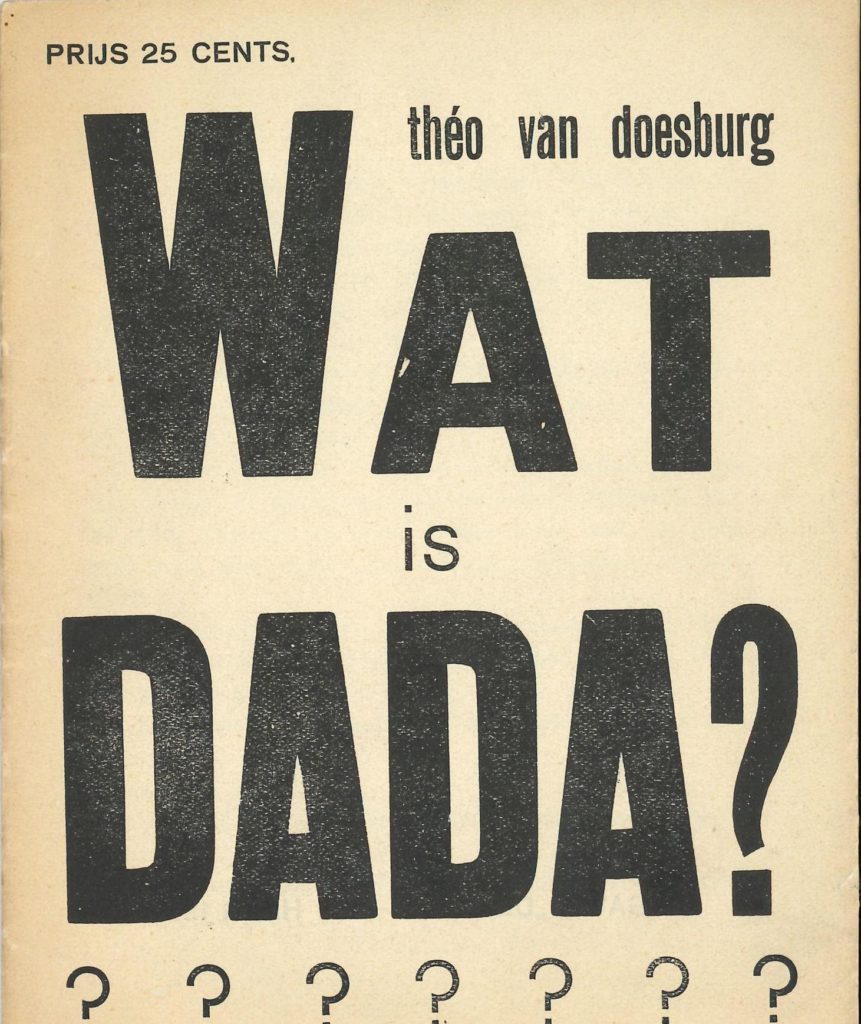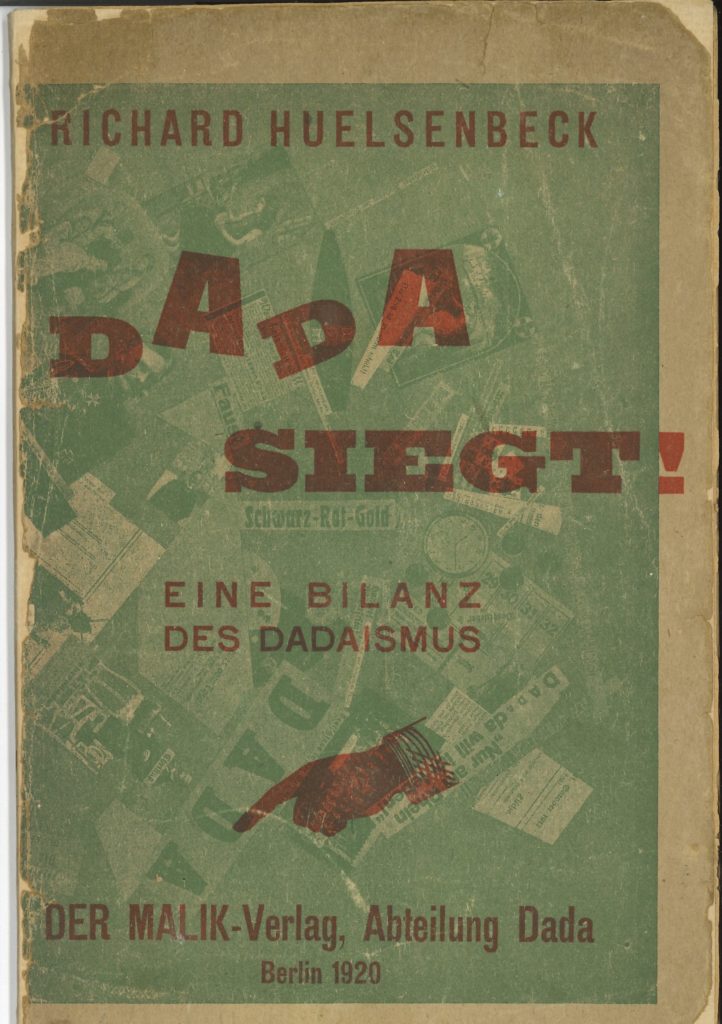SALON DADA, EXPOSITION INTERNATIONALE, Galerie Montaigne, Paris, 1921
Artists: Hans Arp, Louis Aragon, Johannes Theodor Baargeld, Cino Cantarelli, Serge Charchoune, Marcel Duchamp, Gala and Paul Éluard, Max Ernst, Julius Evola, Aldo Fiozzi, Théodore Fraenkel, Franton et Brekel, Walter Mehring, Benjamin Péret, Georges Ribemont-Dessaignes, Jacques Rigaut, Philippe Soupault, Joseph Stella, Tristan Tzara, Jacques Vaché, un ami de St. Brice
Soirée: June 10, 1921, 8:30 p.m.
Matinées: June 18 & June 30, 3:30 p.m.
Duration: June 6–30, 1921
Dimensions: 26.9 x 21 cm
Medium: Invitation/catalogue, Nr. 25 of 600
Further Information: The Dada movement began in 1917, when artists from the fighting nations gathered in exile in the Swiss city of Zurich, united by their indifference to and resistance against the First World War. The Dada movement underwent continual change over the five years of its existence, moving from Zurich (1915–17) to Paris (1919–22), and later taking up in Berlin. In Paris in 1919, Dada members included poets such as Guillaum Apollinaire, Blaise Cendrars, Pierre Reverdy, Louis Aragon, Philippe Soupault, who started reading their poems out loud as a performative act. The international exhibition was part of the “1921 Dada Season”, which began on April 14, 1921 with a visit to the Saint-Julien-le-Pauvre church. Seeking out a broader public, the Dada group presented itself in public spaces with an anti-ideological, anti-bourgeois, and anarchist attitude. The “1921 Dada Season” included different formats such as “Visits – Dada Salon – Conferences – Commemorations – Operas – Plebiscites – Summons – Accusation Orders and Judgements,” as summed up by the poet Louis Aragon (cited in Claire Bishop, Artificial Hells: Participatory Art and the Politics of Spectatorship, London: Verso Books, 2012).
HR
Images: Images of the invitation and all other archival documents shown on this page are part of the online collection of Archiv der Avantgarden, Staatliche Kunstsammlungen Dresden.




